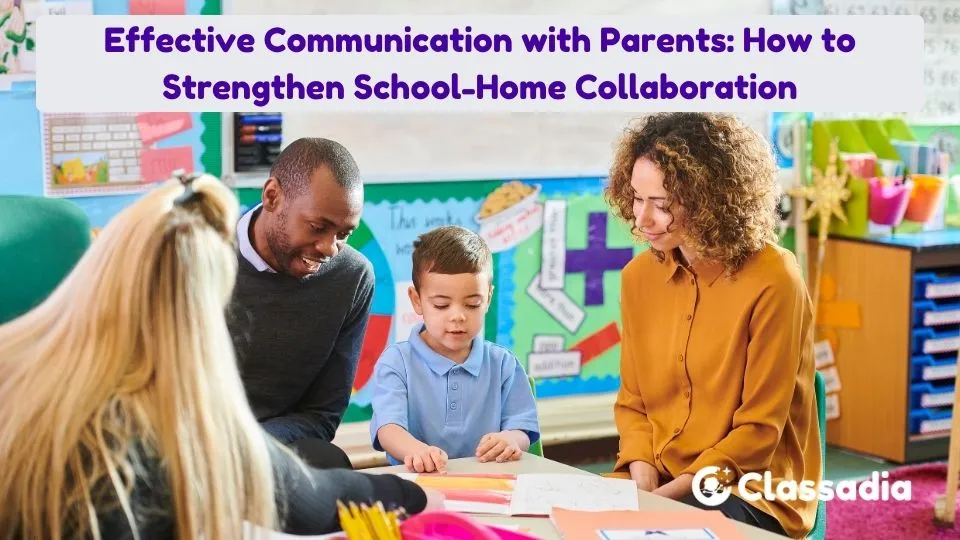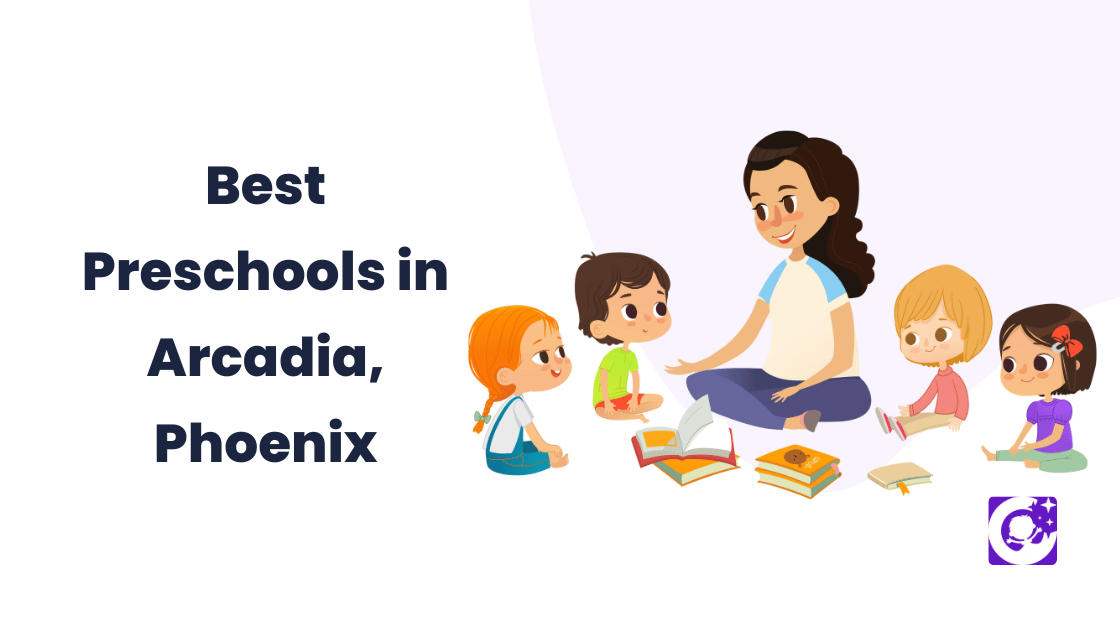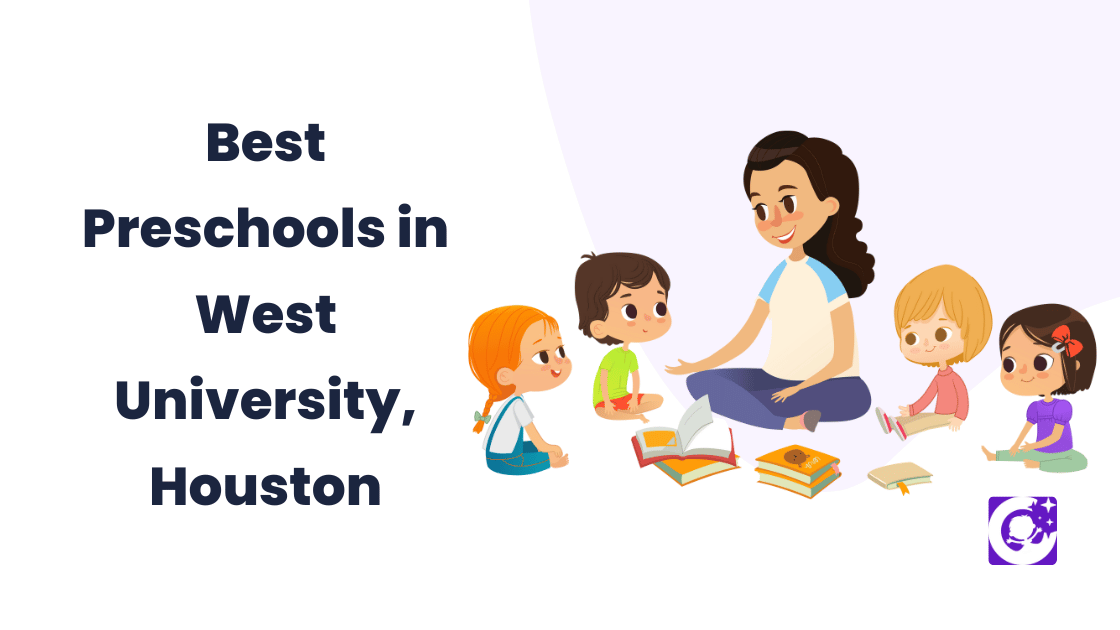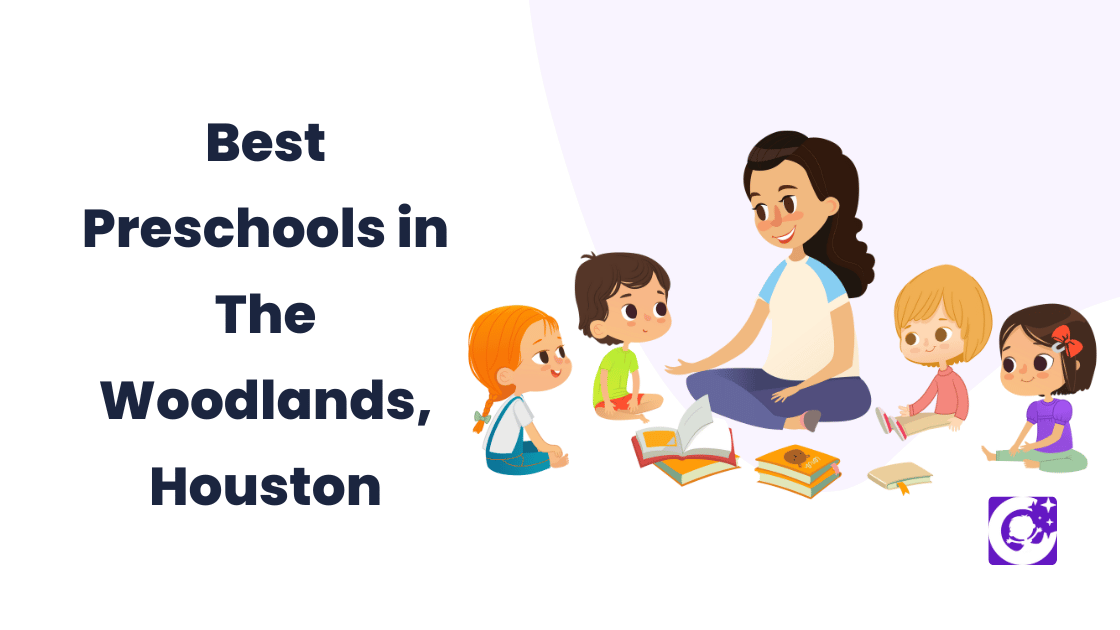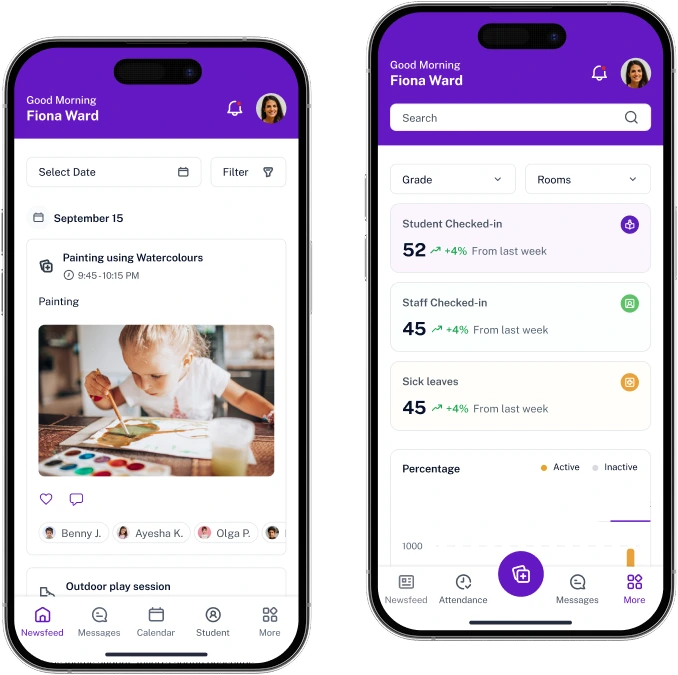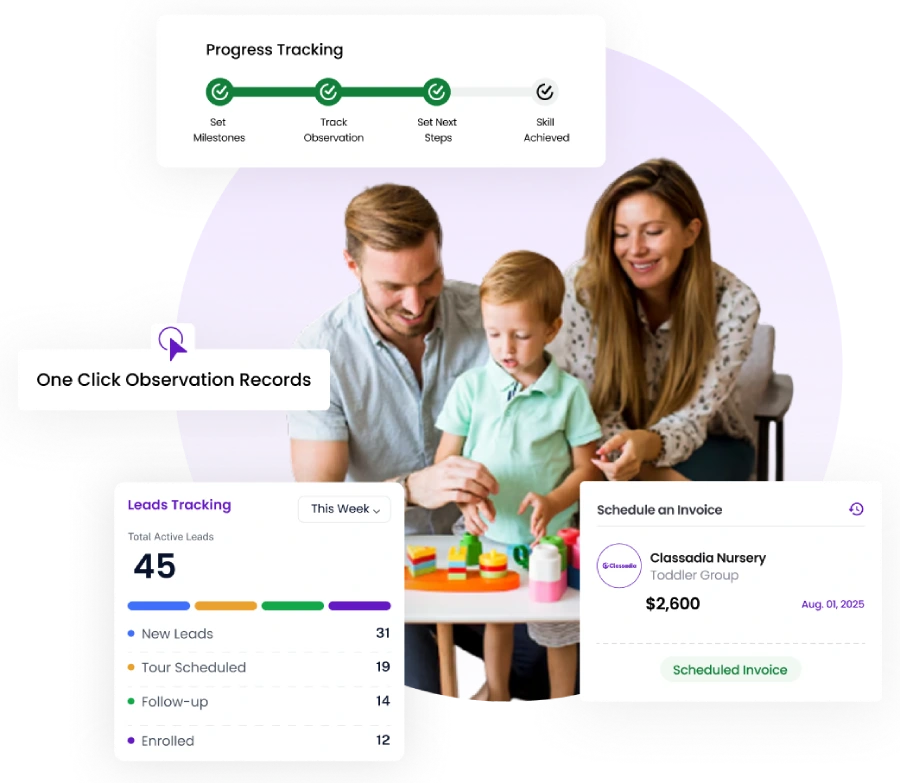Effective communication with parents is a cornerstone of successful education and childcare. When schools and teachers maintain open, transparent, and consistent parent communication, students benefit from stronger academic support, increased engagement, and improved social-emotional development. However, many educators face challenges in fostering meaningful connections with parents due to time constraints, communication barriers, and lack of effective tools.
This article explores why parent teacher communication is essential, the challenges it presents, and actionable strategies to enhance school-home collaboration. We’ll also provide parent-teacher communication examples and discuss how technology, particularly platforms like Classadia, is transforming the way educators and parents interact.
Why Parent Teacher Communication Matters
Strong parent communication goes beyond basic updates about student performance—it fosters an environment of trust, collaboration, and shared responsibility for a child’s development. Here’s why it matters:
- Enhances Student Success: When parents are actively involved in their child’s education, students tend to perform better academically and socially.
- Builds Trust Between Parents and Educators: Transparent communication strengthens relationships, creating a supportive learning environment.
- Improves Behavioral and Emotional Development: Open communication helps teachers and parents work together to support children’s emotional and behavioral needs.
- Encourages Active Parental Engagement: Keeping parents informed encourages them to take a more proactive role in their child’s learning journey.
Related: Effective parent messaging in modern education
Related: How to choose the right preschool App?
Challenges in Parent Communication
Despite its importance, many schools and childcare providers struggle with effective communication with parents. Here are some common challenges:
- Language Barriers: Schools serve diverse communities, and language differences can hinder clear communication.
- Busy Schedules: Parents and teachers often have conflicting schedules, making real-time conversations difficult.
- Digital Literacy Gaps: Not all parents are comfortable with digital tools, limiting the effectiveness of emails or school apps.
- Lack of Consistency: Irregular communication can leave parents feeling uninformed and disengaged.
- Misalignment of Expectations: Parents and teachers may have differing views on the child’s progress, leading to misunderstandings.
Best Practices for Effective Communication with Parents
To overcome these challenges, schools can implement the following strategies to enhance parent communication:
1. Establish Clear and Consistent Communication Channels
- Use multiple channels such as emails, newsletters, and school apps to ensure accessibility.
- Set expectations for how and when updates will be shared.
2. Utilize Digital Tools for Streamlined Communication
- Implement AI-powered platforms like Classadia to automate updates and reminders.
- Use instant messaging apps to maintain real-time communication.
3. Foster Two-Way Communication
- Encourage parents to ask questions and provide feedback.
- Schedule regular check-ins through virtual or in-person meetings.
4. Provide Multilingual Support
- Offer translations for school communications to ensure inclusivity.
- Use bilingual staff or interpretation services when necessary.
5. Personalize Communication
- Address parents by name and tailor messages to their child’s specific progress.
- Send individualized progress reports highlighting strengths and areas for improvement.
Parent Teacher Communication Examples
Here are practical parent-teacher communication examples to guide educators:
1. Email Update Example
Subject: Weekly Update: [Student’s Name]’s Progress
Dear [Parent’s Name],
I hope you’re doing well! This week, [Student’s Name] has been making great progress in [subject/activity]. They especially enjoyed [specific activity].
Please let me know if you have any questions or if there’s anything I can do to support your child further.
Best, [Teacher’s Name]
2. Parent-Teacher Conference Script
Teacher: “Thank you for meeting with me today. I’d love to discuss [Student’s Name]’s progress and hear your insights as well.” Parent: “Thank you! We’ve noticed [concern or success] at home too.” Teacher: “That’s great to hear. We can work together by [suggested strategy]. How do you feel about this approach?”
3. Digital Messaging Example
- Teacher: “Hi [Parent’s Name], [Student’s Name] did an amazing job today in class! Here’s a picture of their work.”
- Parent: “Thank you for the update! We’ll continue practicing at home.”
The Role of Technology in Modern Parent Communication
With advancements in educational technology, schools can now leverage AI-powered platforms to improve communication with parents. Here’s how digital solutions like Classadia help:
- Daily Updates: Share pictures, videos and snippets of what’s happening in the school on a daily basis, involving the parents in their child’s care and learning experience.
- Automated Updates & Notifications: Parents receive instant updates on attendance, assignments, and progress.
- Parent Portals: A centralized hub where parents can access reports, schedules, and direct messages from teachers.
- Multilingual Messaging: AI-driven translations ensure inclusive communication.
- Secure & Organized Data Management: Keeps all records in one place, improving efficiency and compliance.
Effective communication with parents is fundamental to student success and strong school-home partnerships. By addressing communication challenges, implementing best practices, and leveraging technology like Classadia, educators can create a more engaged, informed, and collaborative learning environment.
Take the next step in transforming your parent communication strategy—discover how Classadia can streamline and enhance your school’s interactions with parents today!
Related: Biggest Challenges in School & Nursery Administration

